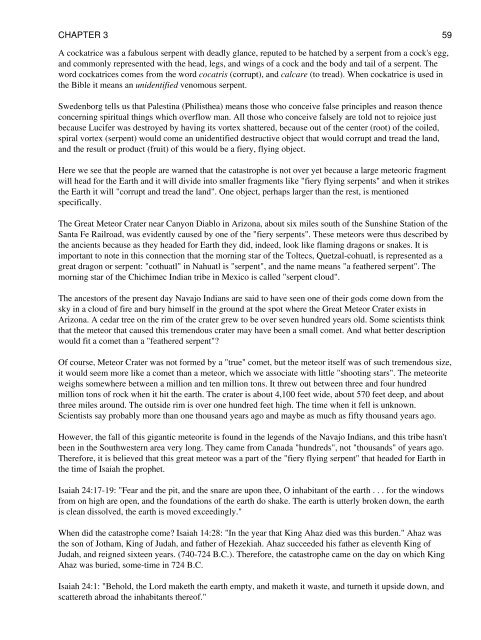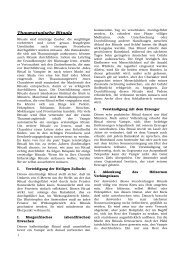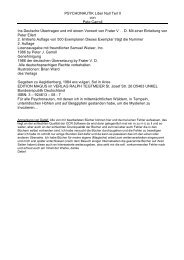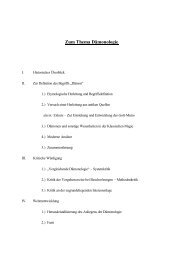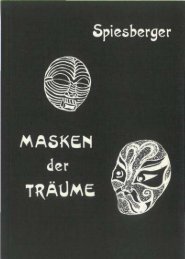CHAPTER 2 CHAPTER 3 CHAPTER 1 CHAPTER 2 CHAPTER 3 ...
CHAPTER 2 CHAPTER 3 CHAPTER 1 CHAPTER 2 CHAPTER 3 ...
CHAPTER 2 CHAPTER 3 CHAPTER 1 CHAPTER 2 CHAPTER 3 ...
You also want an ePaper? Increase the reach of your titles
YUMPU automatically turns print PDFs into web optimized ePapers that Google loves.
<strong>CHAPTER</strong> 3 59<br />
A cockatrice was a fabulous serpent with deadly glance, reputed to be hatched by a serpent from a cock's egg,<br />
and commonly represented with the head, legs, and wings of a cock and the body and tail of a serpent. The<br />
word cockatrices comes from the word cocatris (corrupt), and calcare (to tread). When cockatrice is used in<br />
the Bible it means an unidentified venomous serpent.<br />
Swedenborg tells us that Palestina (Philisthea) means those who conceive false principles and reason thence<br />
concerning spiritual things which overflow man. All those who conceive falsely are told not to rejoice just<br />
because Lucifer was destroyed by having its vortex shattered, because out of the center (root) of the coiled,<br />
spiral vortex (serpent) would come an unidentified destructive object that would corrupt and tread the land,<br />
and the result or product (fruit) of this would be a fiery, flying object.<br />
Here we see that the people are warned that the catastrophe is not over yet because a large meteoric fragment<br />
will head for the Earth and it will divide into smaller fragments like "fiery flying serpents" and when it strikes<br />
the Earth it will "corrupt and tread the land". One object, perhaps larger than the rest, is mentioned<br />
specifically.<br />
The Great Meteor Crater near Canyon Diablo in Arizona, about six miles south of the Sunshine Station of the<br />
Santa Fe Railroad, was evidently caused by one of the "fiery serpents". These meteors were thus described by<br />
the ancients because as they headed for Earth they did, indeed, look like flaming dragons or snakes. It is<br />
important to note in this connection that the morning star of the Toltecs, Quetzal-cohuatl, is represented as a<br />
great dragon or serpent: "cothuatl" in Nahuatl is "serpent", and the name means "a feathered serpent". The<br />
morning star of the Chichimec Indian tribe in Mexico is called "serpent cloud".<br />
The ancestors of the present day Navajo Indians are said to have seen one of their gods come down from the<br />
sky in a cloud of fire and bury himself in the ground at the spot where the Great Meteor Crater exists in<br />
Arizona. A cedar tree on the rim of the crater grew to be over seven hundred years old. Some scientists think<br />
that the meteor that caused this tremendous crater may have been a small comet. And what better description<br />
would fit a comet than a "feathered serpent"?<br />
Of course, Meteor Crater was not formed by a "true" comet, but the meteor itself was of such tremendous size,<br />
it would seem more like a comet than a meteor, which we associate with little "shooting stars". The meteorite<br />
weighs somewhere between a million and ten million tons. It threw out between three and four hundred<br />
million tons of rock when it hit the earth. The crater is about 4,100 feet wide, about 570 feet deep, and about<br />
three miles around. The outside rim is over one hundred feet high. The time when it fell is unknown.<br />
Scientists say probably more than one thousand years ago and maybe as much as fifty thousand years ago.<br />
However, the fall of this gigantic meteorite is found in the legends of the Navajo Indians, and this tribe hasn't<br />
been in the Southwestern area very long. They came from Canada "hundreds", not "thousands" of years ago.<br />
Therefore, it is believed that this great meteor was a part of the "fiery flying serpent" that headed for Earth in<br />
the time of Isaiah the prophet.<br />
Isaiah 24:17-19: "Fear and the pit, and the snare are upon thee, O inhabitant of the earth . . . for the windows<br />
from on high are open, and the foundations of the earth do shake. The earth is utterly broken down, the earth<br />
is clean dissolved, the earth is moved exceedingly."<br />
When did the catastrophe come? Isaiah 14:28: "In the year that King Ahaz died was this burden." Ahaz was<br />
the son of Jotham, King of Judah, and father of Hezekiah. Ahaz succeeded his father as eleventh King of<br />
Judah, and reigned sixteen years. (740-724 B.C.). Therefore, the catastrophe came on the day on which King<br />
Ahaz was buried, some-time in 724 B.C.<br />
Isaiah 24:1: "Behold, the Lord maketh the earth empty, and maketh it waste, and turneth it upside down, and<br />
scattereth abroad the inhabitants thereof."


